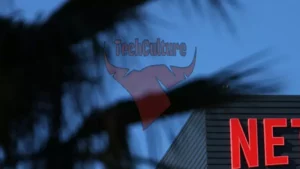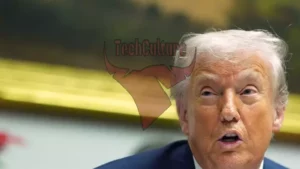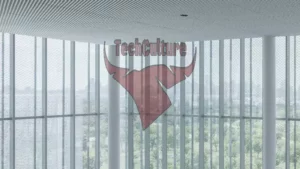Conservationists Sue U.S. Government Over Nevada Lithium Mine
A coalition of conservationists and a Native American tribe has filed a lawsuit against the U.S. government to halt the construction of a lithium mine in Nevada. The proposed mine, located at the only known habitat of the endangered Tiehm’s buckwheat, has sparked controversy due to its potential environmental and cultural impacts.
The legal action challenges the U.S. Interior Department’s approval of the mine, which is part of President Biden’s clean energy agenda. The Center for Biological Diversity and the Western Shoshone Defense Project are among the key plaintiffs in the case.
The lawsuit contends that the mine’s operation could lead to the extinction of Tiehm’s buckwheat, a rare plant species. Additionally, it argues that the project would disrupt groundwater flows and threaten Indigenous cultural sites sacred to the Western Shoshone people, including Cave Spring.
Of particular concern is the U.S. Fish and Wildlife Service’s apparent reversal of the plant’s endangered status. The lawsuit highlights this change in stance, questioning the agency’s decision-making process.
The Bureau of Land Management has not yet commented on the legal action. However, Ioneer Ltd., the mining company behind the project, has stated its intention to defend the approval and proceed with construction.
Central to the lawsuit are alleged violations of the Endangered Species Act. The plaintiffs criticize the Fish and Wildlife Service’s altered position regarding the plant’s critical habitat. They argue that the mine’s permit allows for significant habitat loss, which could impact pollinators essential for the plant’s survival.
Recent developments have added urgency to the conservationists’ cause. The lawsuit reveals recent declines in the Tiehm’s buckwheat population that were not accounted for in official assessments. This follows a 2020 incident where rodent damage significantly reduced the plant’s numbers.
As the legal battle unfolds, the case highlights the ongoing tension between clean energy initiatives and environmental conservation efforts.






